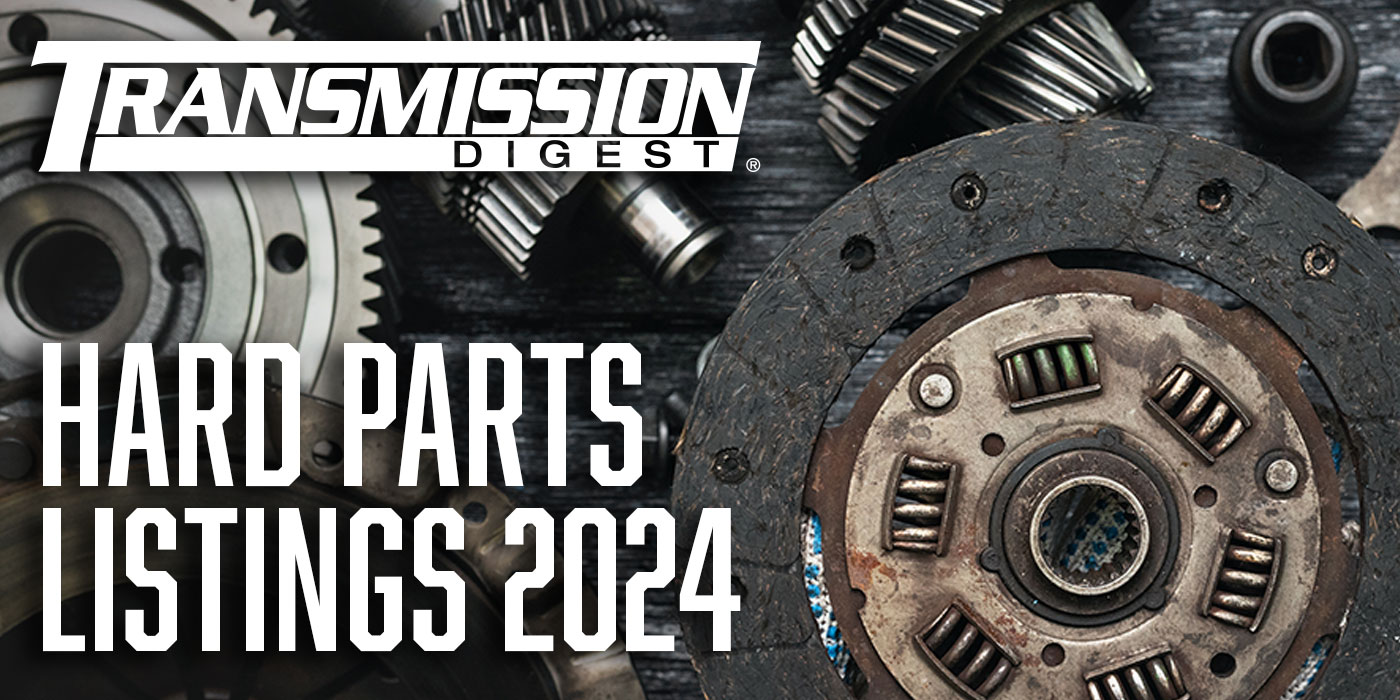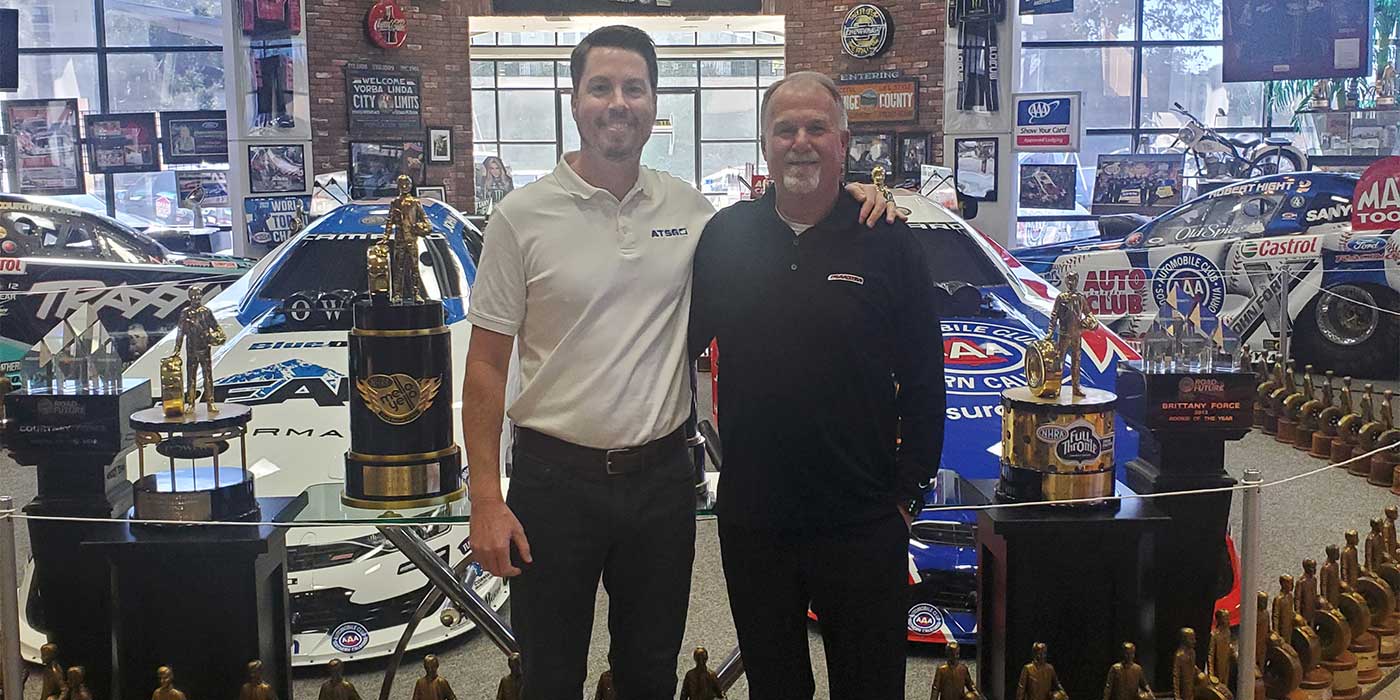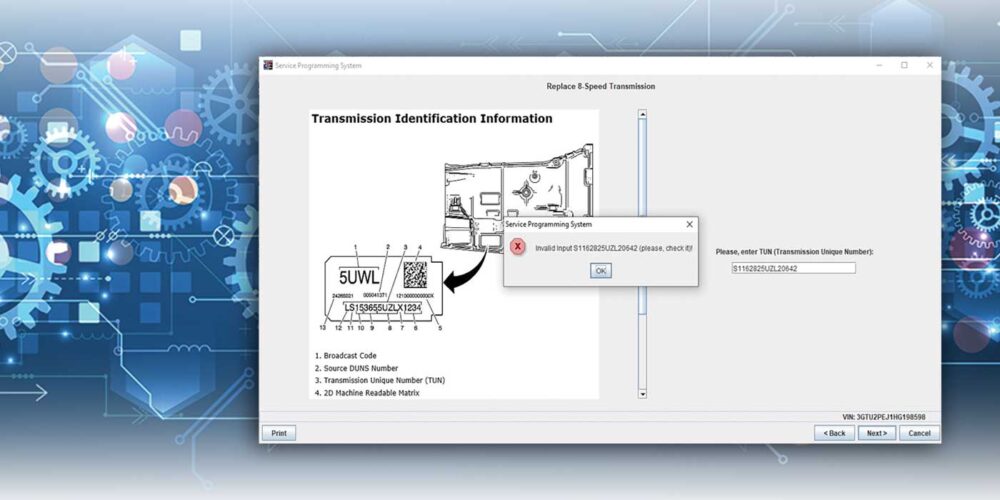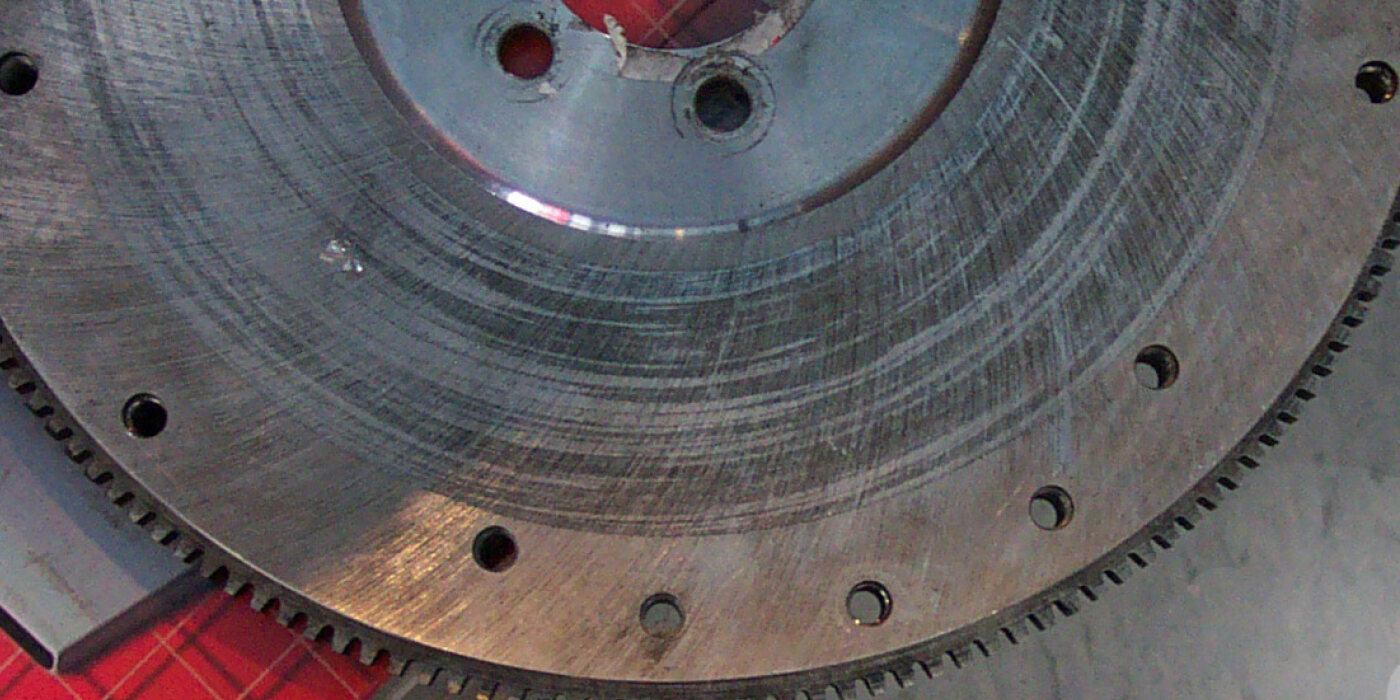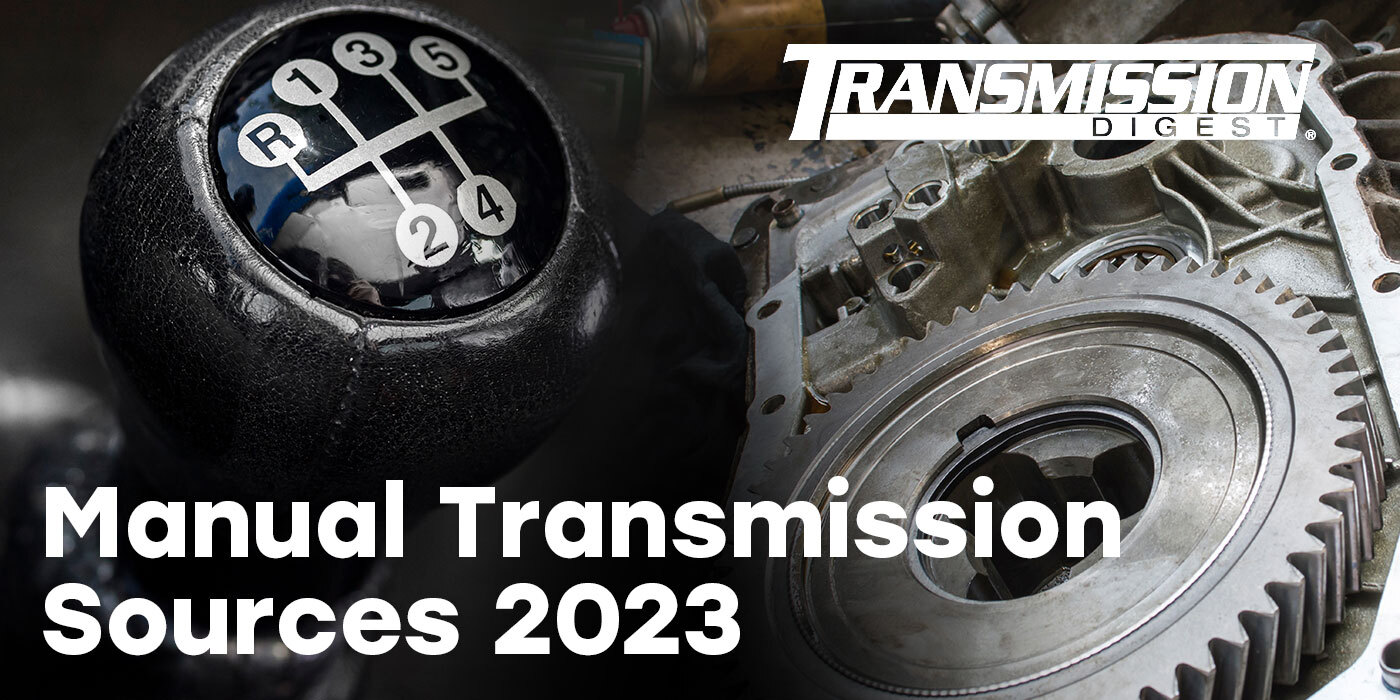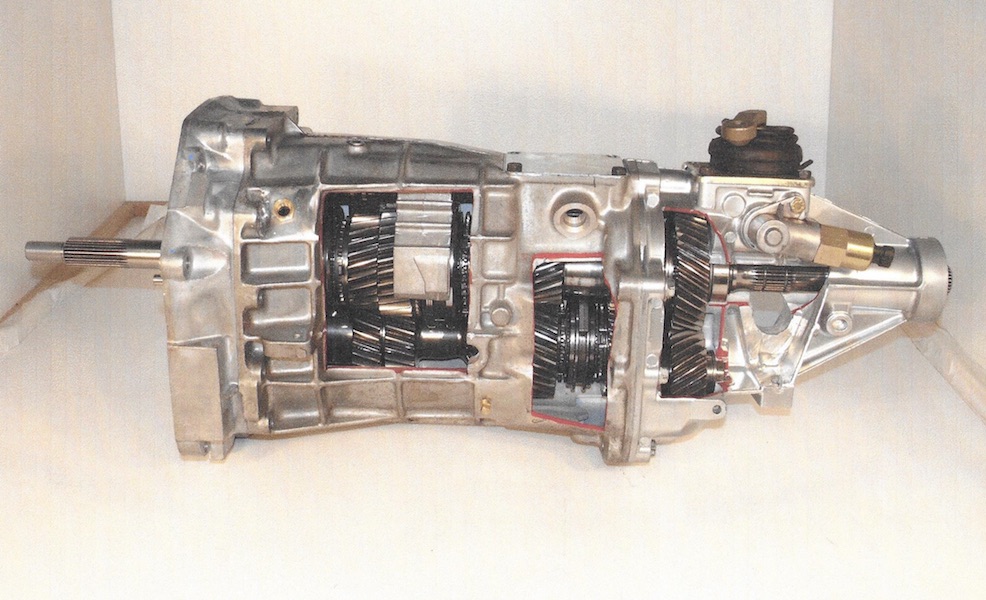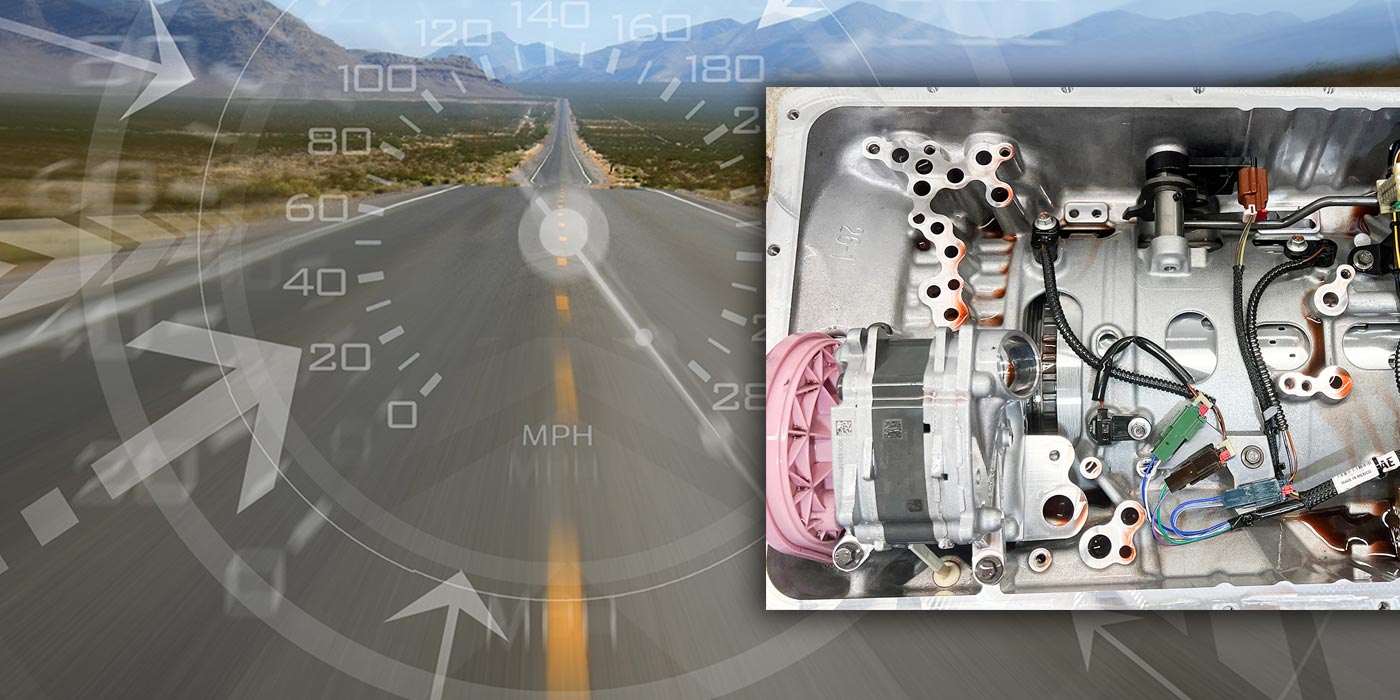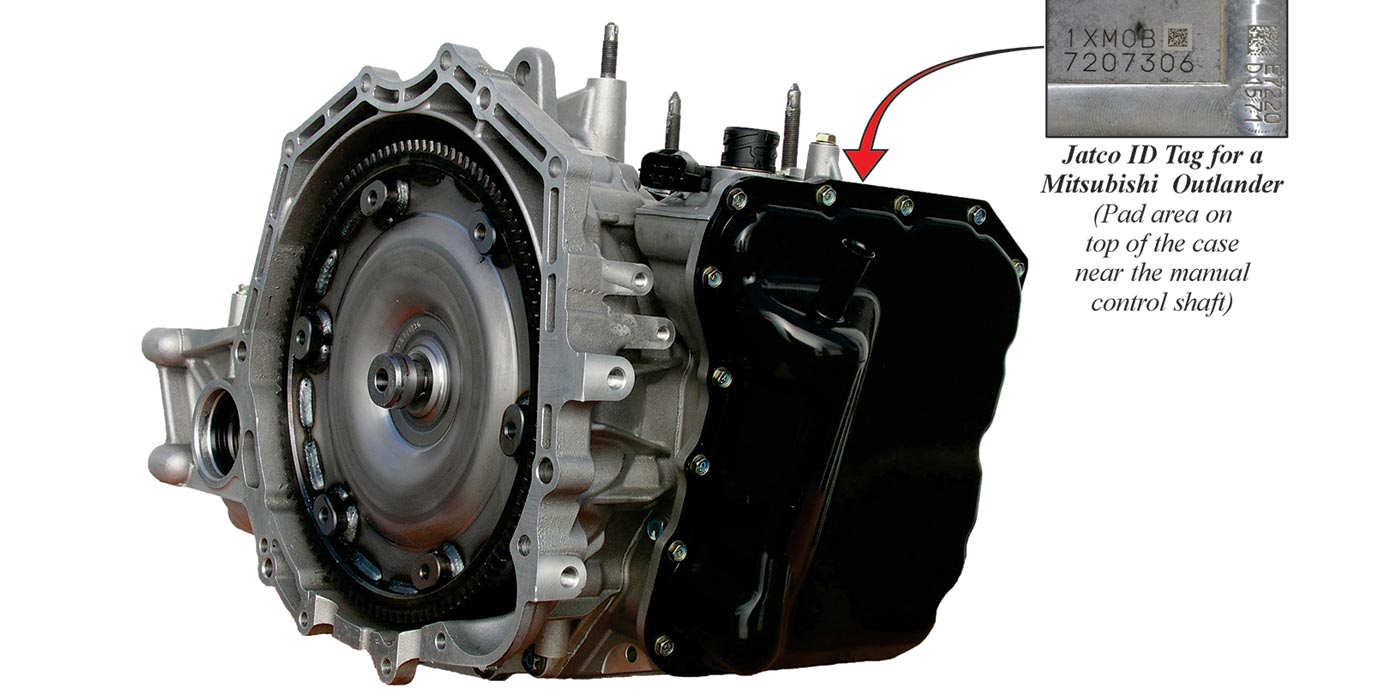Over the past 25 years, a combination of driver preference and fuel economy requirements have resulted in a marked decrease in the number of vehicles in the U.S. fleet that come equipped with a manual transmission. One can wax nostalgic for the “car guy” discussions from 40 or 50 years ago that included terms like “three on the tree,” or “four on the floor,” when discussing units that shifted with left foot manipulation of the third pedal. Trends and memories aside, there remains a loyal, insistent and profitable segment of the market that continues to demand the driving experience of the stick shift.
Based on the number of jobs performed, Transmission Digest readers indicate that work on manual units accounts for about seven percent of their business. The total annual number of manual transmission jobs projected by those shops comes to about 384,000. Additionally, these shops perform an estimated 507,000 manual clutch replacement jobs annually.
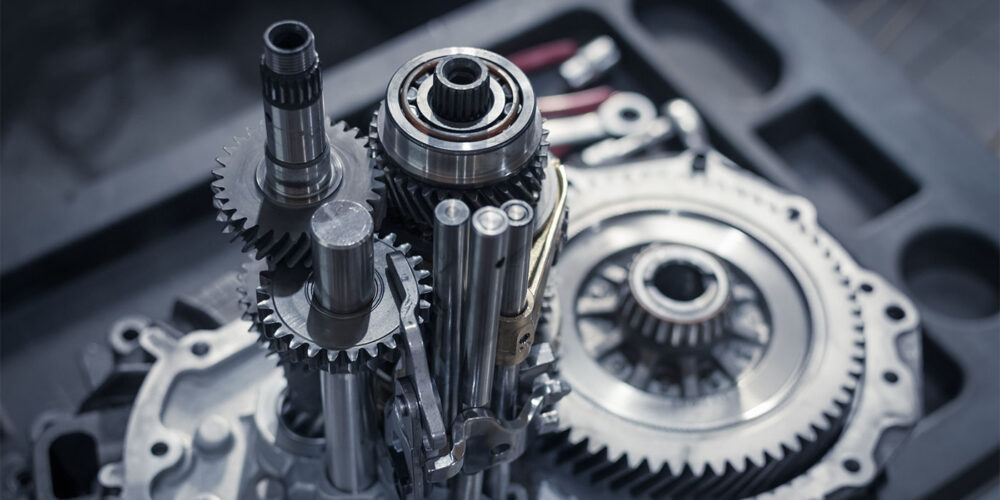
From the survey, a typical transmission specialty shop performs slightly fewer manual transmission rebuild or R&R jobs than general repair facilities. The average transmission specialty shop reported around two jobs per month while the general repair shop readers averaged just more than three.
Earlier this year, Motor Trend magazine published a list of popular vehicles that offer a manual shift option. These include: Acura Integra; BMW M3 and M4; Cadillac CT4 and CT5 Blackwings; Chevrolet Camaro; Dodge Challenger; Ford Bronco and Mustang; Honda Civic Si; Hyundai Elantra N; Jeep Gladiator and Wrangler; Kia Forte; Mazda 3 and MX-5 Miata; Mini Cooper; Nissan Versa and Z; Porsche 718 Boxster, Cayman and 911; Subaru Crosstrek, BRZ, Impreza and WRX; Toyota Corolla, GR86, Supra and various Tacoma models; Volkswagen Golf GTI, Golf R and Jetta.
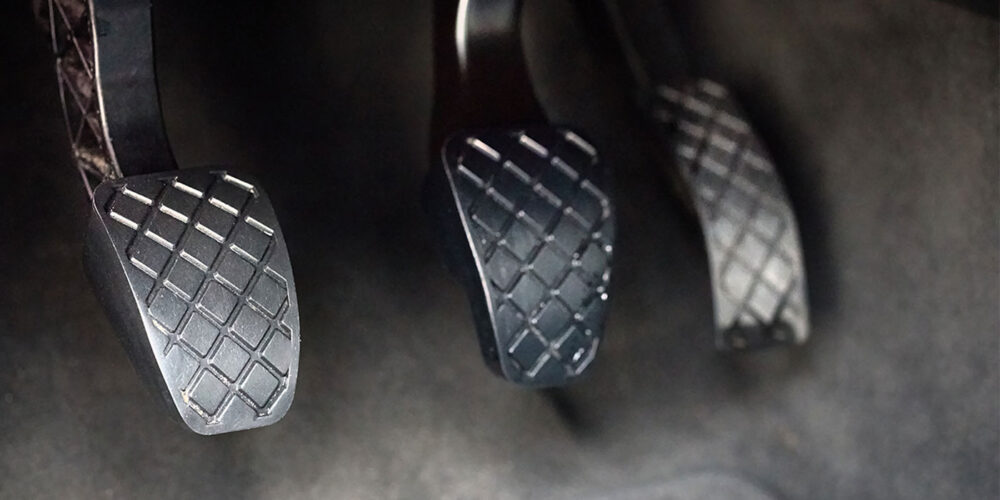
One of these popular vehicles is not slated to return for the 2024 model year in either automatic or manual options. The current model will be the final production year for the Dodge Challenger. Stellantis (parent company of Chrysler, Dodge, Jeep and Ram) is removing virtually all traditional passenger cars from their offerings including Dodge Challenger and Charger, and the Chrysler 300. It is worth noting that models of the Ford Mustang will continue to have the stick shift option into model year ’24, although the GT500 model is not being offered in the initial line-up for next year. There is a question as to whether a GT500 model will be released at a later date.
From a business standpoint, manuals continue to be attractive in much the same way as diesel pickup trucks have added to shop profits. Choosing the manual transmission option was once an economic decision for car buyers. In today’s marketplace, it’s a choice based on driving experience preference that results in a demand for top-quality repairs and replacements. Often, the driver demands a high-performance manual unit and clutch. These owners of stick shift vehicles are willing to pay top dollar in exchange for what they consider that enhanced driving experience.


